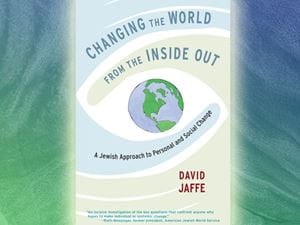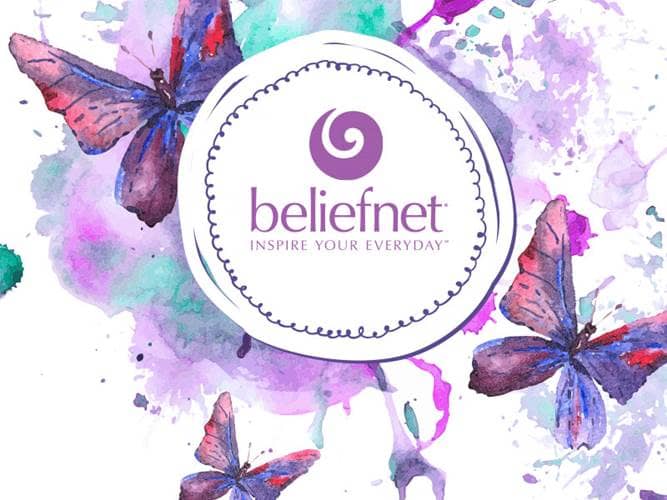
Readers of Changing the World From the Inside Out are probably aware of what a broken world we live in. In the United States, for example, we have a justice system that incarcerates black men at a rate seven times higher than white men. Worldwide over 50 million human beings live as refugees, fleeing from harm or for economic opportunity and living in limbo in countries that refuse to integrate them. Carbon monoxide levels in our air continue to rise, as do the sea levels, with major flooding predicted worldwide in many of the poorest regions on the planet. In the first decade of the new millennium, over fifty thousand people in the United States suffered hate crimes because of their race, sexual orientation, or religion. On a personal level, who does not know people suffering in toxic relationships or unable to find meaningful employment or haunted by the internal demons of depression and anxiety? Seeing brokenness is essential for making change, but it can quickly become overwhelming, especially if we can’t fix the problems right away. On the one hand, we need to see how bad things are to motivate change, and on the other, this awareness can grind us down. How are we to engage with the suffering in the world in a way that does not lead to bitterness and despair, but generates hope and light?
Our brains are hardwired to notice what is wrong in the environment around us, as a survival mechanism. We take for granted that on most days we get to work without any accidents or that our plumbing systems pump water on most days without stoppage. Our brain sees patterns, and those patterns become what we expect to see. We are hyperaware of deviations from the patterns, especially those that are threatening, like a car accident on the highway or an insult from a family member or colleague. While I don’t like to admit it to myself, my brain is vigilantly on the lookout for any indications of displeasure or upset directed at me by my colleagues. The Breslov masters understand our mind’s inclination to see what is wrong and, thus, instruct us to seek out good points, both in ourselves and others. This is the practice. In Rabbi Nachman’s words:
When one begins to look at oneself and can’t find good, and sees all of one’s mistakes, and the [yetzer] wants to make one fall into deep sadness because of these . . . [one] needs to search and find some little good in oneself because it is impossible that one hasn’t done some good.
A good point is a positive, prosocial deed, thought, or state of being. It can be a simple action like greeting another person kindly, an intention like wanting to help your roommate find a life partner, or a state such as being created in the divine image. It does not need to be a specifically religious act, although many religious acts, like lighting Shabbat candles, can also be good points. The starting point is reflection and introspection.
Finding good points not only wakes us up but also has the power to effect changes in others. Rabbi Nachman opens his teaching on good points with a description of the unlikely power our perception can have on other people. Know that one needs to judge all people favorably. Even regarding someone who is completely wicked one needs to seek and find in him some little good. In this little good he is not wicked. By finding this little good and judging him favor¬ably you truly elevate him to the side of merit and are able to bring him to Teshuva.
How can perceiving some good in a person who has done a lot of bad possibly change that person? Rabbi Nachman says that our perception actually elevates him or her. The key metaphor in the teaching is the scale of justice. There is an arm that holds liability for wrongdoing and an arm that holds innocence or merit for good intentions and behavior. The medieval philosopher Maimonides teaches that a wicked person is someone who has more liability than merit and most of us should think of ourselves as having the scales evenly balanced. Imagine Rabbi Nachman’s [as a] completely wicked person. This person’s scale is quite lopsided with the arm of merit way in the air above the arm of liability, which scrapes the ground with its weight. When this person sees the huge imbalance in his or her own scale, feelings of despair may set in. “How can I ever change enough to get out of this hole?” The patterns of nega¬tive behavior are deeply ingrained.
It is this sense of being stuck that the good-points practice comes to open. The first step is to find something positive, no matter how insignificant, about this person. We metaphorically add this good point to the arm of merit on the person’s scale. If he or she does something and the motive is in doubt, we similarly judge that also for merit. As we metaphorically add points to the side of merit, the scale shakes with movement. What seemed completely stuck now shows it can move. Perhaps it is this little movement that wakes up the wicked person to the fact that change is possible. Such a person is not a victim to his or her destructive patterns of behavior. Remember that we have not said anything to this person yet but just exerted effort to see something good. From a spiritual perspective, percep¬tion is one of the invisible lines of connection between all things.
How we perceive can make real change in another’s self-perception. Seeing good can also change the way we talk about and approach a person. Our body language softens and our heart opens, even as we stay guarded because of his or her miserable track record. We are now out of the realm of pure spirit and into the realm of perceptible interaction. According to a classic Jewish teaching, “Just like water reflects the face, so the heart of one per¬son is reflected in the heart of the other,” meaning that, as humans, how we feel about someone has a deep impact on that person. The wicked person may pick up on the new tone or body language and be struck just enough to wake up to the possibility of change. The path of return is now possible.

